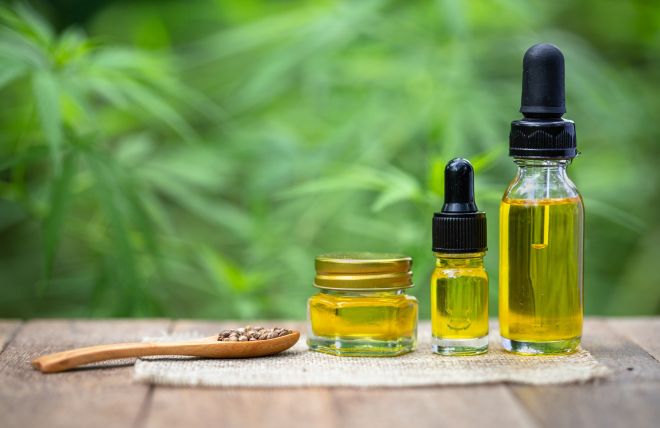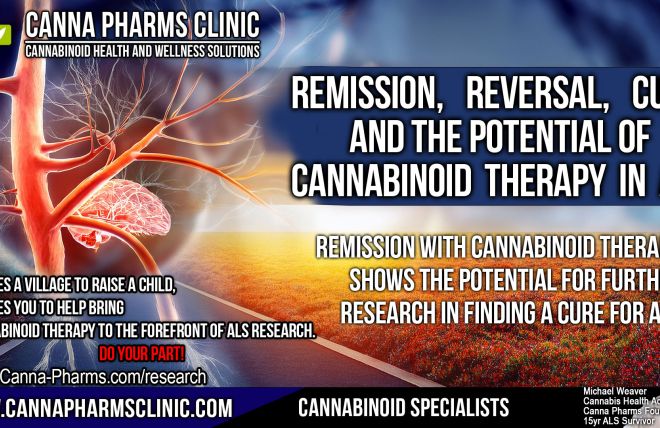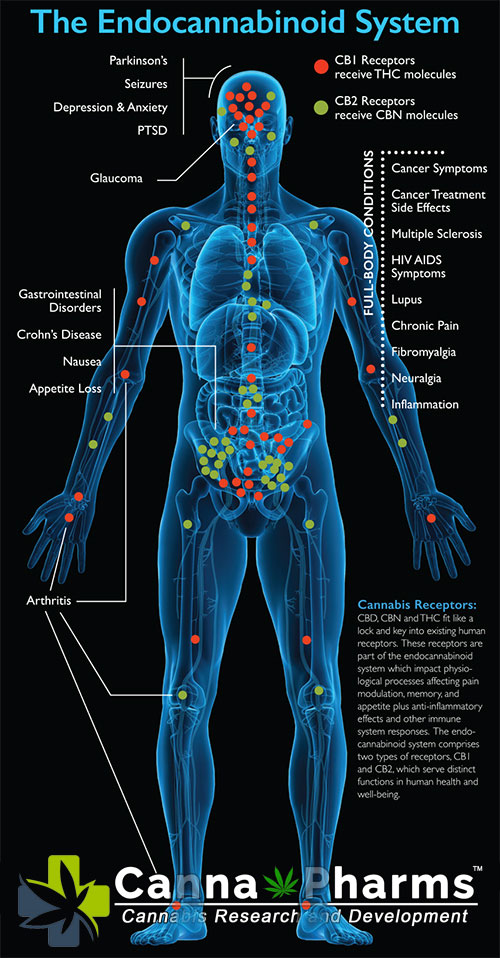Is Cannabis a Good Alternative for Treating Elderly? A Balanced Perspective
Abstract: The aging population is increasingly seeking alternative therapies to manage age-related ailments and improve quality of life. Cannabis, with its diverse range of cannabinoids and potential therapeutic effects, has emerged as a subject of significant interest. While anecdotal evidence and preliminary research suggest benefits for specific conditions common in the elderly, such as chronic pain, sleep disturbances, and anxiety, significant challenges remain. This paper explores the potential of cannabis as an alternative treatment for elderly individuals, considering both the potential benefits and risks, while emphasizing the need for further rigorous research and individualized treatment approaches.
Introduction:
The global population is aging at an unprecedented rate. As individuals age, they often experience a decline in physical and cognitive function, leading to a higher prevalence of chronic conditions such as arthritis, neurodegenerative diseases, and sleep disorders. Traditional pharmaceutical interventions can be effective, but they often come with a risk of side effects and drug interactions, which can be particularly problematic in the elderly due to age-related changes in physiology and metabolism. This necessitates the exploration of alternative treatments that offer potential symptom relief with fewer adverse effects.
Cannabis, with its active compounds – primarily delta-9-tetrahydrocannabinol (THC) and cannabidiol (CBD) – interacts with the endocannabinoid system (ECS), a complex network of receptors and signaling molecules involved in regulating various physiological processes, including pain, mood, sleep, and inflammation. This interaction holds promise for addressing a range of age-related ailments. However, the efficacy and safety of cannabis in the elderly remain subjects of ongoing research and debate.
Potential Benefits of Cannabis for Elderly Individuals:
Several potential benefits of cannabis use in the elderly have been proposed, supported by limited clinical evidence and anecdotal reports:
-
Pain Management: Chronic pain is a prevalent issue among the elderly, significantly impacting their quality of life. Cannabis, particularly strains with a balance of THC and CBD, has demonstrated analgesic properties in various studies. THC activates cannabinoid receptors, modulating pain perception, while CBD possesses anti-inflammatory properties, potentially addressing the underlying causes of pain. Studies have shown promise in managing neuropathic pain, osteoarthritic pain, and other chronic pain conditions.
-
Sleep Improvement: Age-related physiological changes often disrupt sleep patterns, leading to insomnia and other sleep disorders. THC can induce sedation and promote sleep, while CBD may reduce anxiety and promote relaxation, contributing to improved sleep quality. While more extensive research is needed, preliminary evidence suggests that cannabis can be a viable option for managing sleep disturbances in the elderly.
-
Anxiety and Mood Regulation: Anxiety and depression are common among the elderly, often stemming from social isolation, health concerns, and loss of independence. CBD has demonstrated anxiolytic and antidepressant effects in preclinical and clinical studies. It is believed to modulate serotonin receptors and other neurochemical pathways involved in mood regulation. THC, in low doses, can also have anxiolytic effects. However, high doses of THC can trigger anxiety and paranoia, highlighting the importance of careful titration and monitoring.
-
Neuroprotection and Cognitive Function: Emerging research suggests that cannabinoids may possess neuroprotective properties, potentially mitigating the progression of neurodegenerative diseases like Alzheimer's and Parkinson's. CBD, in particular, has demonstrated antioxidant and anti-inflammatory effects, which may help protect brain cells from damage. Some studies suggest that cannabis use may improve cognitive function in certain individuals with age-related cognitive decline, although further research is warranted to confirm these findings.
-
Appetite Stimulation: Loss of appetite and weight loss can be significant problems in the elderly, leading to malnutrition and frailty. THC is known to stimulate appetite and increase food intake. For elderly individuals struggling with appetite loss due to various conditions, cannabis may provide a valuable tool to improve their nutritional status.
Potential Risks and Challenges:
While cannabis offers potential benefits, several risks and challenges need to be addressed when considering its use in the elderly:
-
Cognitive Impairment: THC can impair cognitive function, particularly memory and attention, which can be problematic in elderly individuals who may already be experiencing cognitive decline. Careful titration and the use of cannabis strains with lower THC content are crucial to minimize these risks.
-
Psychiatric Side Effects: THC can trigger anxiety, paranoia, and psychosis in susceptible individuals, especially at high doses. Elderly individuals with a history of mental health problems are particularly vulnerable to these side effects. Close monitoring and careful patient selection are essential.
-
Cardiovascular Effects: Cannabis can increase heart rate and blood pressure, which may pose risks to elderly individuals with pre-existing cardiovascular conditions. Caution is advised for individuals with hypertension, arrhythmias, or coronary artery disease.
-
Drug Interactions: Cannabis can interact with various medications commonly prescribed to the elderly, including blood thinners, benzodiazepines, and antidepressants. Clinicians need to carefully review patients' medication lists and monitor for potential drug interactions.
-
Falls and Dizziness: THC can cause dizziness and impaired coordination, increasing the risk of falls, which are a major cause of injury and disability in the elderly. Lower doses and careful monitoring are necessary to minimize this risk.
-
Lack of Standardized Products and Dosing: The cannabis market is largely unregulated, leading to inconsistencies in product quality and potency. Elderly individuals may have difficulty navigating the complex cannabis landscape and selecting appropriate products and dosages. The need for standardized cannabis products and clear dosing guidelines is paramount.
-
Limited Clinical Research: While anecdotal evidence and preliminary research suggest potential benefits, there is a lack of large-scale, randomized controlled trials investigating the efficacy and safety of cannabis in the elderly. More rigorous research is needed to determine optimal dosages, routes of administration, and potential risks and benefits for specific conditions.
Recommendations and Conclusion:
Cannabis holds promise as an alternative treatment option for elderly individuals suffering from a range of age-related ailments. However, it is not a panacea and should be approached with caution and individualization. The following recommendations are crucial:
- Thorough Assessment: A comprehensive medical evaluation is essential to assess the patient's overall health status, medication history, and potential risks and benefits of cannabis use.
- Individualized Treatment Plans: Treatment plans should be tailored to the individual's specific needs, considering the condition being treated, the patient's age, weight, and overall health status.
- Low and Slow Dosing: Start with low doses of cannabis and gradually increase the dosage as tolerated to minimize the risk of side effects.
- Careful Monitoring: Regular monitoring for adverse effects, drug interactions, and changes in cognitive function is essential.
- Education and Counseling: Patients should be educated about the potential benefits and risks of cannabis use, as well as proper dosing and administration techniques.
- Collaboration with Healthcare Professionals: Open communication and collaboration between patients, physicians, and other healthcare professionals are crucial for ensuring safe and effective cannabis use.
- Advocate for Research: Continued research is needed to better understand the efficacy and safety of cannabis in the elderly, as well as to develop standardized products and dosing guidelines.
In conclusion, cannabis may offer a valuable alternative treatment option for carefully selected elderly individuals under the guidance of qualified healthcare professionals. However, it is crucial to acknowledge the potential risks and challenges associated with cannabis use in this vulnerable population. More rigorous research, standardized products, and individualized treatment plans are needed to maximize the benefits and minimize the risks of cannabis therapy for the elderly. A balanced approach, considering both the potential benefits and risks, is essential to ensure the safe and effective use of cannabis in this rapidly growing demographic.






